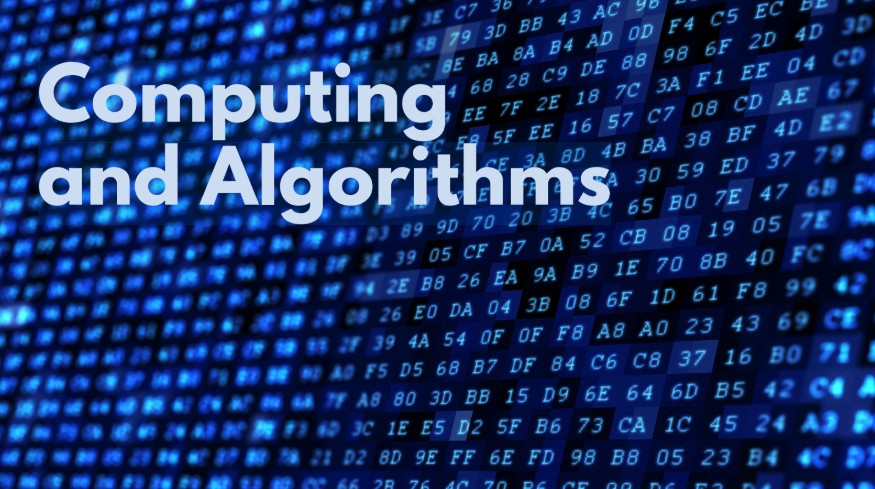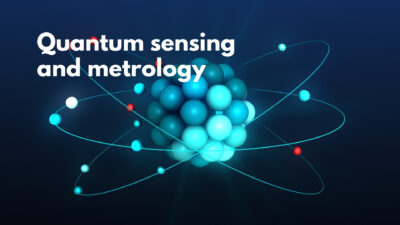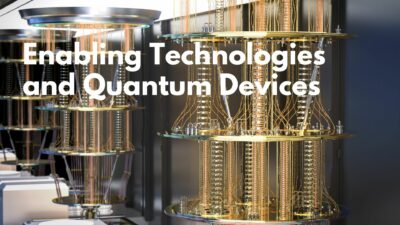The article discusses the use of artificial intelligence (AI) in automating the tuning process of quantum dot devices used as qubits in quantum computers. Quantum dots are semiconductor structures that can trap individual electrons, allowing researchers to manipulate their states for quantum information processing.
The author, Justyna Zwolak, explains that while AI has revolutionized various aspects of our lives, its application in quantum computing research is still in its early stages. The main challenge is automating the tuning process of quantum dot devices, which requires adjusting voltages on metallic gates and measuring the current flowing through the device.
Zwolak and her colleagues have developed an AI-powered auto-tuning protocol that works similarly to a face recognition app on a phone. The AI analyzes the measurement data and suggests how the voltages should be adjusted for the next measurement, gradually moving closer to the desired state. The protocol is trained using simulated measurement data generated by Sandesh Kalantre of the University of Maryland.
While the current work brings the researchers closer to full automation, there are still challenges to overcome, such as dealing with the complexity, uncertainty, and non-stationarity of the training data. The authors believe that their research will pave the way for experiments with larger quantum dot arrays and allow more time for stimulating research.
The article concludes by thanking the reader for their kind words and encouraging them to subscribe to the weekly emails for more updates on the topic.
Source: https://www.nist.gov/blogs/taking-measure/ebb-and-flow-creating-quantum-dots-automatically-ai
Keywords: qubits, quantum dot devices, quantum dots, electric current, electrons



